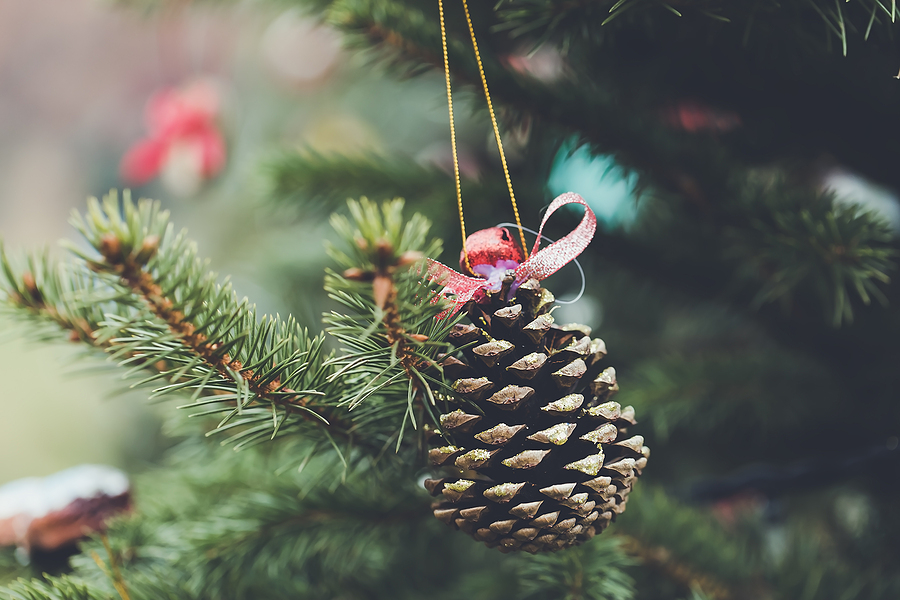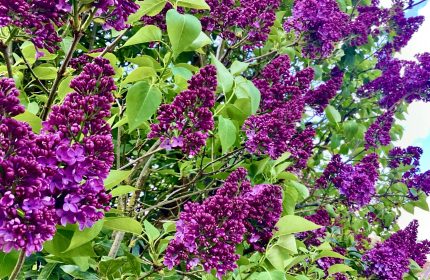Top tips to recycle your Christmas tree to benefit your garden
Over 7 million real Christmas trees are discarded each year, while just one million are recycled or replanted outside. Purchasing a real tree from a local farm reduces the carbon emissions of transport.
As the tree grows, it naturally captures carbon and releases oxygen. However, the issue comes at the end of the festive period. According to the Carbon Trust, when a tree goes into landfill, it creates a carbon footprint of 16kg CO2e.
So, what can homes do with their Christmas tree after the holidays that is the sustainable choice and even benefits the garden too?
Create an animal habitat
You can still replant your Christmas tree, even if the tree doesn’t have a root system. In some cases, the tree is resilient enough to re-establish itself. If not, the tree can serve as an excellent shelter for the wildlife in your garden. When planted and secure, your tree can provide shelter from the wind, rain, snow and cold. The tree will work best in a corner of your garden where the wildlife will feel safe.
A clean branch in your garden pond or even your fish tank will be appreciated too! Naturally, branches fall into ponds and rivers, and fish love the shelter this can bring. Fish also love to nibble on the algae that can grow on the branch too.
Protect plants from the cold
Branches from your Christmas tree can work really well as a blanket for flower beds during the winter. The branches will serve as excellent frost protection. If the branches are past their best, the nature of the branches means you can also create a tent-like structure or wigwam where you can then place fabric over the top. This can be really useful for protecting taller plants such as small fruit trees.
You can also use old needles and twigs to protect newly planted bulbs and plugs as part of your garden mulch.
Add to your compost
Many gardeners are reluctant to add pine needles to their compost as they worry the acidic nature of Christmas trees will negatively affect the soil pH. Fresh pine needles are slightly acidic. However, old and dropped needles have very little acidity and will not affect your soil.
Researchers even tested soil samples from under a 50-year old pine tree, and its pH level was the same as a sample where no pines have grown for over 50 years.
Create a bird feeding station
If your Christmas tree has dropped its needles, you can scoop them up and add them to your compost or turn it into mulch for your plants. The tree and its branches, though, can be used as a bird feeding station. The branches offer a great perch for birds, and the branches mean you can hang multiple feeders at different heights, ideal for all the birds.
If you don’t have hanging bird feeders, try smearing the branches in peanut butter and covering them with birdseed for a delicious tree for your feathered friends. You can also hang chunks of apple and pear on the tree, which birds love to peck at.
A stake for climbers
If you strip away the branches for compost, mulch or protecting bedding plants from the frost, the trunk of the tree can be perfect for using as a stake, ideal for climbing plants. Plant the tree considering where you need a frame for plants. It could serve as a climb for clematis or climbing roses.
Get crafty
A chunky tree trunk can offer endless opportunities for crafts, from crafting a bughouse to a bird feeder, a candle holder, coasters or doorstops. If you have a pyrography pen, then you can burn your own unique designs. However, a popular and easy option is to turn the trunk on its side, plane some of the trunk so it lies flat, and drill small, shallow holes on top that can fit tealight candles. This creates a charming woodland centrepiece for a dining table.
So, with so many ways to reuse and recycle your Christmas tree, which options will best benefit your garden?





















